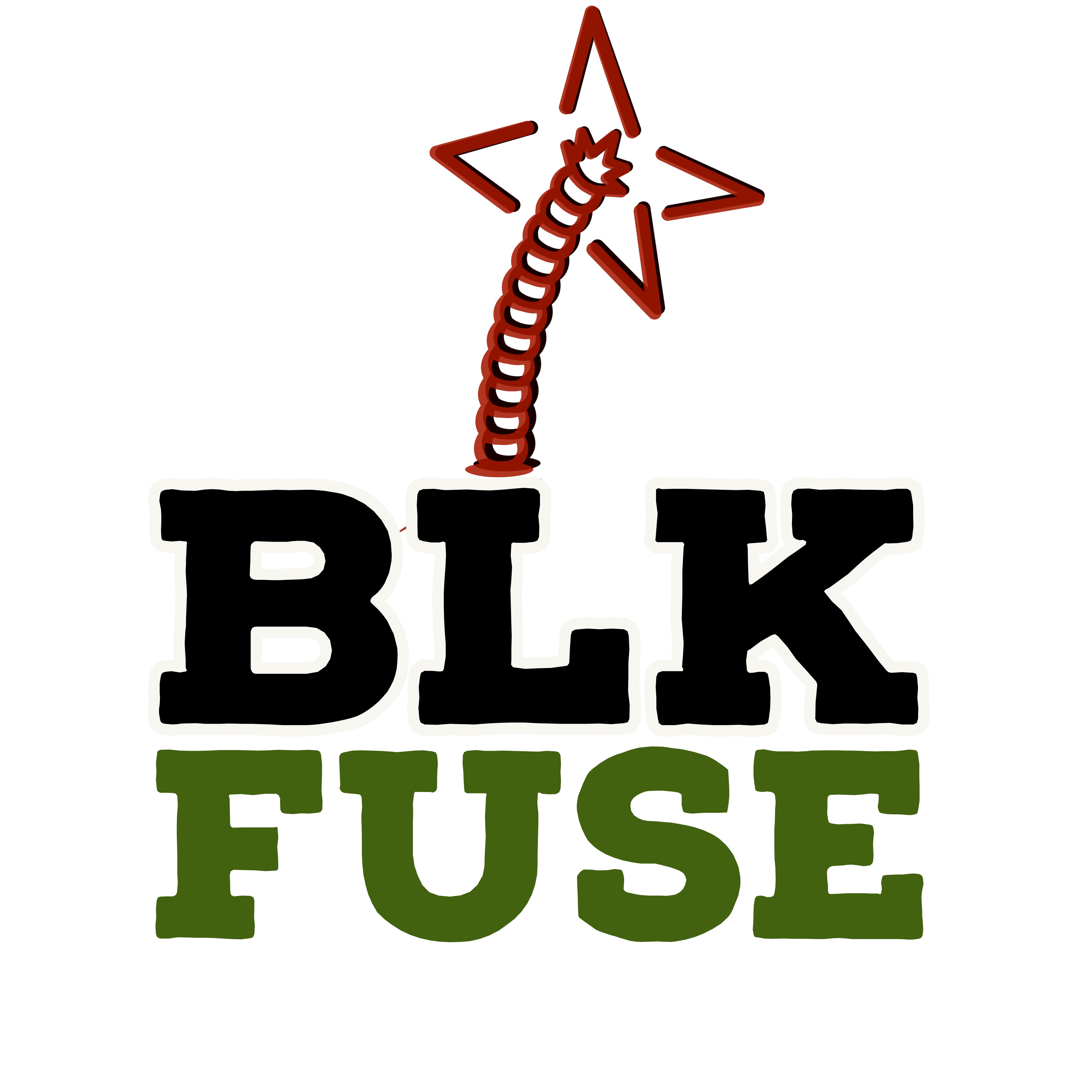So, you’ve answered the phone call, or even the ad you saw, and chose to venture into the dark and slay the demonic hordes? Well, my buddies, maybe a number of you need a first character primer that will help you along the right path, which means you stumble somewhat less when you get ready to vanquish the foes that beset you while you journey forth into Diablo IV.
Gone are the days of beginning a game title with minimal knowledge for many people. I still remember my first play-through in Diablo 1. I played a warrior. That warrior found a Lord’s Flail of something which carried me until a meteoric large axe of maiming dropped, which I accustomed to slay all of those other game. I would be a wide-eyed teenager with minimal understanding of the game, and I had a complete blast. The most of readers here playing Diablo IV may have touched a previous Diablo or any other similar ARPG. Even should you haven’t played in the Alphas, betas, or server slam your previous understanding of the genre is going to help play the first character.
CHOOSING YOUR CLASS
Most will know what type of character they would like to play, but should you don’t a great breakdown of the five classes could be as follows:
Melee: Barbarian, Druid (Shifted), Rogue – Dual Wielding
Ranged: Rogue
Spellcasters: Wizard, Druid, Necromancer
Summoner: Necromancer and Druid

UNDERSTANDING THE SKILL TREE
Diablo 4 Classes Skills Tree
Unlike in Diablo 2/Resurrected the skill tree is extremely open-ended but takes several points to unlock the following tier of active and passive abilities. Just as with D2/R items which grant +X to some skill unlock a chance to use that skill in addition to +all skills unlock all skills no matter your ability to put points in. Clusters of skills and passives are locked to several total skill points spent, not your particular level. This allows a person to try out some skills before that place points into them.
BASIC GEAR
Like previous games: Grey, Blue, Yellow, Orange, and Gold are item qualities colored coded like previous Diablo games. In addition, the blacksmith enables you to slightly upgrade anything to make it stronger for the cost of salvaged goods and cash. I would avoid carrying this out quite a few levels while you easily have more equipment to replace it all quite fast in the early stages. Once you’re within the mid 20’s I would say you're free to upgrade an item or two as replacing requires a while longer.
Diablo 4 uses much more of a hybrid system for damage, a number of its skill, and a number of its out of your weapons. This enables you to focus on numerous stats provided than simply raw damage unless the raw damage just wins because of out-leveling a product. Lastly, pay attention to all bonuses supplied by items as you'd in Diablo 2, weight loss matters compared to D3’s Primary Stat/Attack Speed/Critical Chance/Critical Damage Increased itemization.
If you want to buy cheap diablo 4 gold and learn more about Diablo 4, MMOWTS is here.


